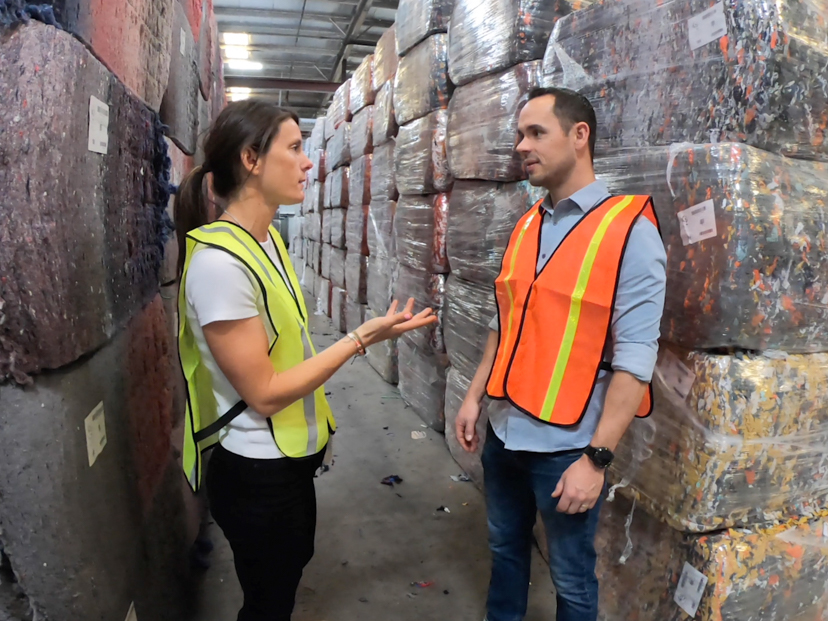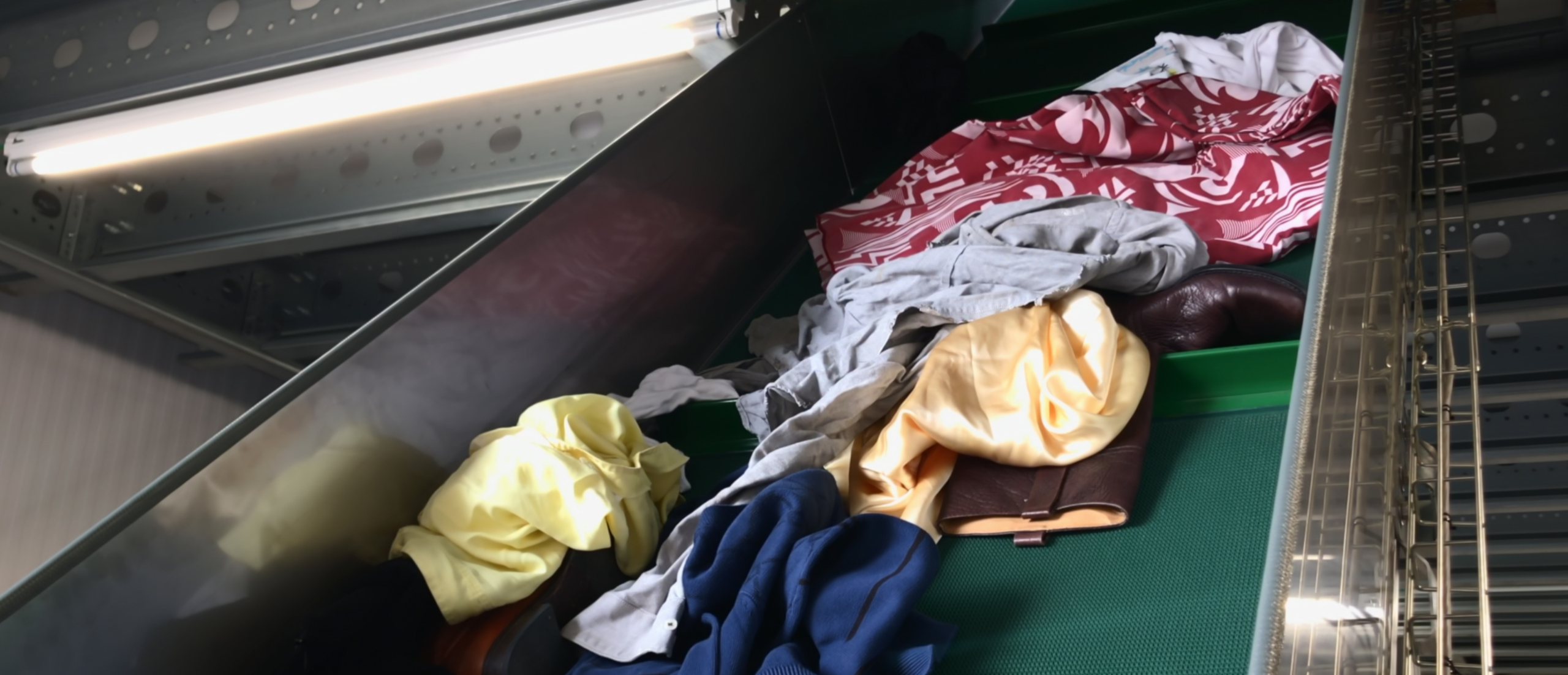
Revolutionizing Textile Circularity: Insights into Tech-Enabled Sorting
In 2008, Amelia and I co-founded Debrand because we wanted to have meaning and purpose in our work. We wanted to make a positive impact by reducing the impact that consumerism and consumption has on our planet. Our mission is unwavering and we’re clearer than ever about how to best action our aspirations. I believe that our biggest challenge (and opportunity) is not that our planet is lacking in resources, it’s that we are often wasteful and inefficient stewards of those resources; a challenge that is very solvable.
Pursuing Systems of Sustainability
Amelia and I first met while working at a marketing agency that provided services to some of the world’s biggest brands. Together, we developed fun, one-of-a-kind experiential marketing campaigns and had a great time seeing it all come to life for our clients. However, one thing that we both couldn’t stop thinking about was the single-use waste being produced for each of these campaigns.
The aha moment occurred during a volunteer trip to Sri Lanka, where Amelia and I were dismayed to find a piece of branded waste floating in the beautiful, pristine ocean. This experience ignited our commitment to collaborate with brands, addressing the critical issue of waste, and laying the foundation for what is now Debrand.
My passion for problem-solving allowed me to bridge the gap between technology and sustainability to increase efficiencies for sorting textiles, which then attracted more business from large brands with significant volumes of surplus inventory that they wanted to divert from landfills. Our goal is to weave the right technologies into the fabric of sustainable systems for circular textiles.

In a world where manual textile sorting is still standard practice, there is an opportunity for new innovative technologies to revolutionize the industry. Technologies such as RGB cameras and near-infrared (NIR) spectroscopy, in combination with AI-driven image recognition, complex sorting algorithms, and some proprietary secret sauces, can help tackle the challenge of sorting textiles efficiently and effectively, further creating the opportunity for solutions that are scalable for the apparel and footwear industry.
Navigating the Digital Landscape
While sorting technologies address immediate challenges, the true key to circularity comes from systems of sustainability that impact a broader digital ecosystem. By digitizing and embedding product data, we empower recyclers to identify materials and components, guiding products along their next-life path.
Automating traceability of material origin and quality further enhances circularity. Machines capable of processing large quantities of material annually open up new possibilities for sustainable textile practices. As companies embrace digitization and platforms evolve through machine learning, the environmental benefits of responsible textile sortation become increasingly significant.
Championing Transparency
Transparency is at the cornerstone of how Debrand operates. I believe it’s important to share successes and failures within the industry to foster a collective learning environment. Collaborative transparency among brands, designers, recyclers, suppliers, consumers, and next-life logistics providers is crucial. We must understand each other’s capabilities and limitations to shape a future where sustainability is not a one-size-fits-all solution but a tailored approach based on individual business needs, product types, materiality, and sustainability goals.
Debrand’s innovative solutions and commitment to transparency underscore the importance of collaboration and technological advancement in achieving a truly circular fashion industry. I’m proud to be part of a movement that contributes to a sustainable future for generations to come.
